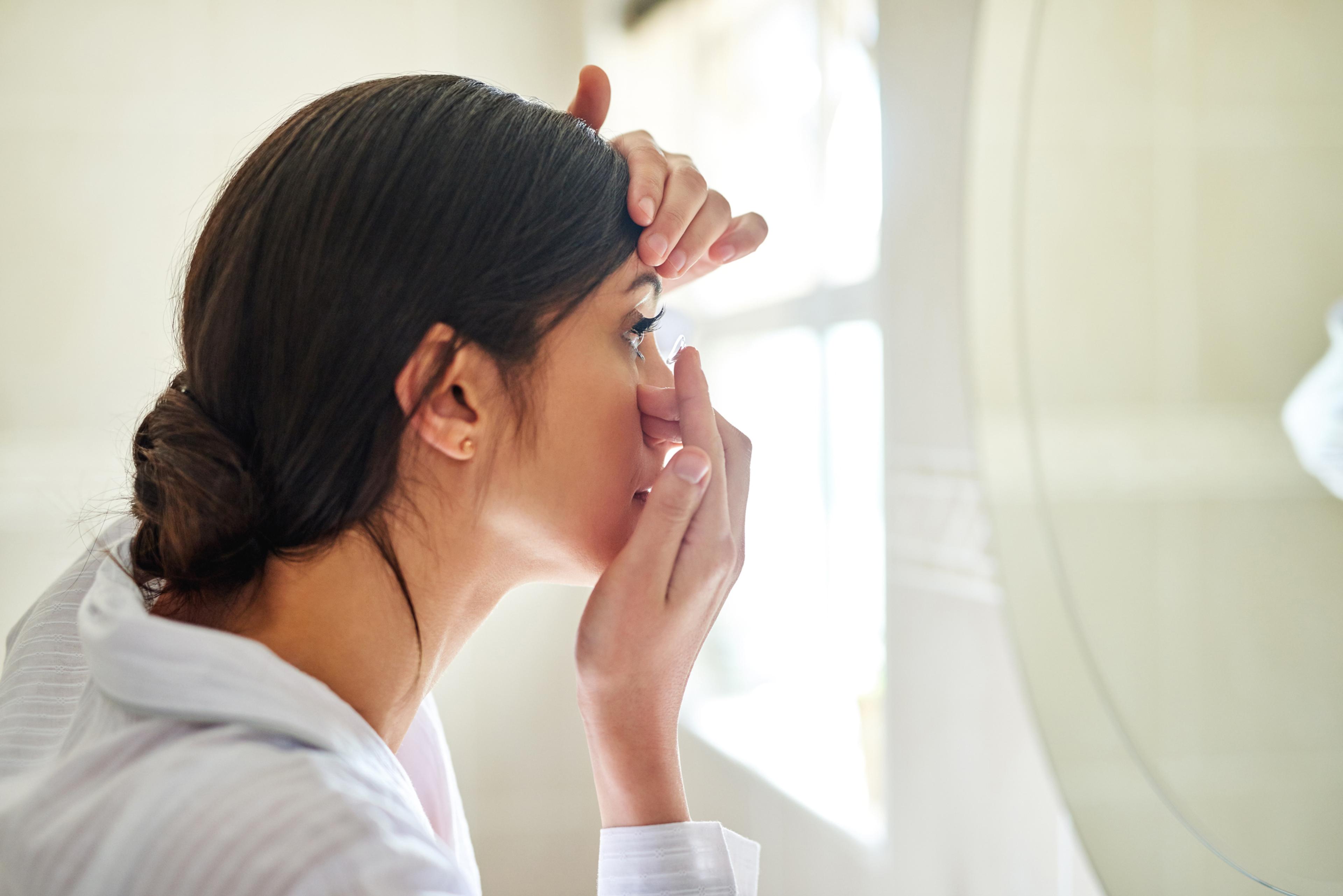What are the Risks of Wearing Contacts Too Long?
Jake Newby
| 3 min read

Many people with vision problems prefer wearing contact lenses to eyeglasses for aesthetic reasons. But once you learn how to get used to contacts, they can be comfortable, convenient and worn for varying lengths of time, depending on the type of contacts you feel are best for you.
Leave your contacts in for too long, however, and you run the risk of preventing oxygen from flowing to the eyes. You can feel it happening when your eyes get dry, and you feel some resistance when you blink. Sleeping in certain types of contact lenses overnight can also cause this. Our corneas need that oxygen flow, and sometimes contacts act as the barrier that blocks oxygen and fluids from reaching them, drying them out in the process. This is one of a handful of side effects that you might experience by leaving contacts in your eyes for too long.
How long is too long to leave your contacts in?
There are three main types of contacts. Each are designed to be worn for different lengths of time. It’s important to know how long the type of contacts you have can be worn so you can avoid complications.
Daily disposables are single-use contacts that you wear during the day and discard at night. You open and wear a new pair each morning.
Daily wear lenses are worn daily, removed before sleeping and stored in a saline solution overnight. The length of wear varies, but they should generally be replaced between two and four weeks.
Extended-wear contact lenses are approved by the United States Food and Drug Administration to be worn continuously, even overnight. The length of wear ranges from one to four weeks.
What happens if I wear my contacts too long?
In addition to the preventing oxygen flow to your eyes, there are other symptoms and conditions that can arise from contact overuse, all of which can negatively impact your overall eye health and vision. They include:
- Blurred vision
- Eye pain
- Conjunctivitis (“Pink Eye”)
- Contact lens intolerance
- Corneal ulcers
- Irritation
- Red or watery eyes
- Sensitivity to light
Corneal ulcers – also known as keratitis – is a serious eye condition that affects between 30,000 and 75,000 Americans a year. If you see an open sore or white-looking spot on the cornea, you are likely dealing with a corneal ulcer, and you should treat it as an immediate medical emergency. They can lead to other symptoms on this list, like eye pain and light sensitivity. Your primary care provider may prescribe an antibiotic drop to treat the issue. You’ll then have to stop wearing contacts for a while to give your cornea time to heal.
Proper contact lens use and hygiene
While some of the symptoms of wearing contacts for too long may seem small, the long-term effects can cause serious, irreversible damage to your eyes. That’s why these tips can go a long way in keeping your eyes healthy: Always follow the prescribed usage of your contacts:
- Clean contact lenses with the appropriate saline solution.
- Keep tabs on any changes in your vision or level of eye comfort.
- Schedule regular eye exams to ensure eye health and an up-to-date prescription.
Photo credit: Getty Images
Read related blogs:





